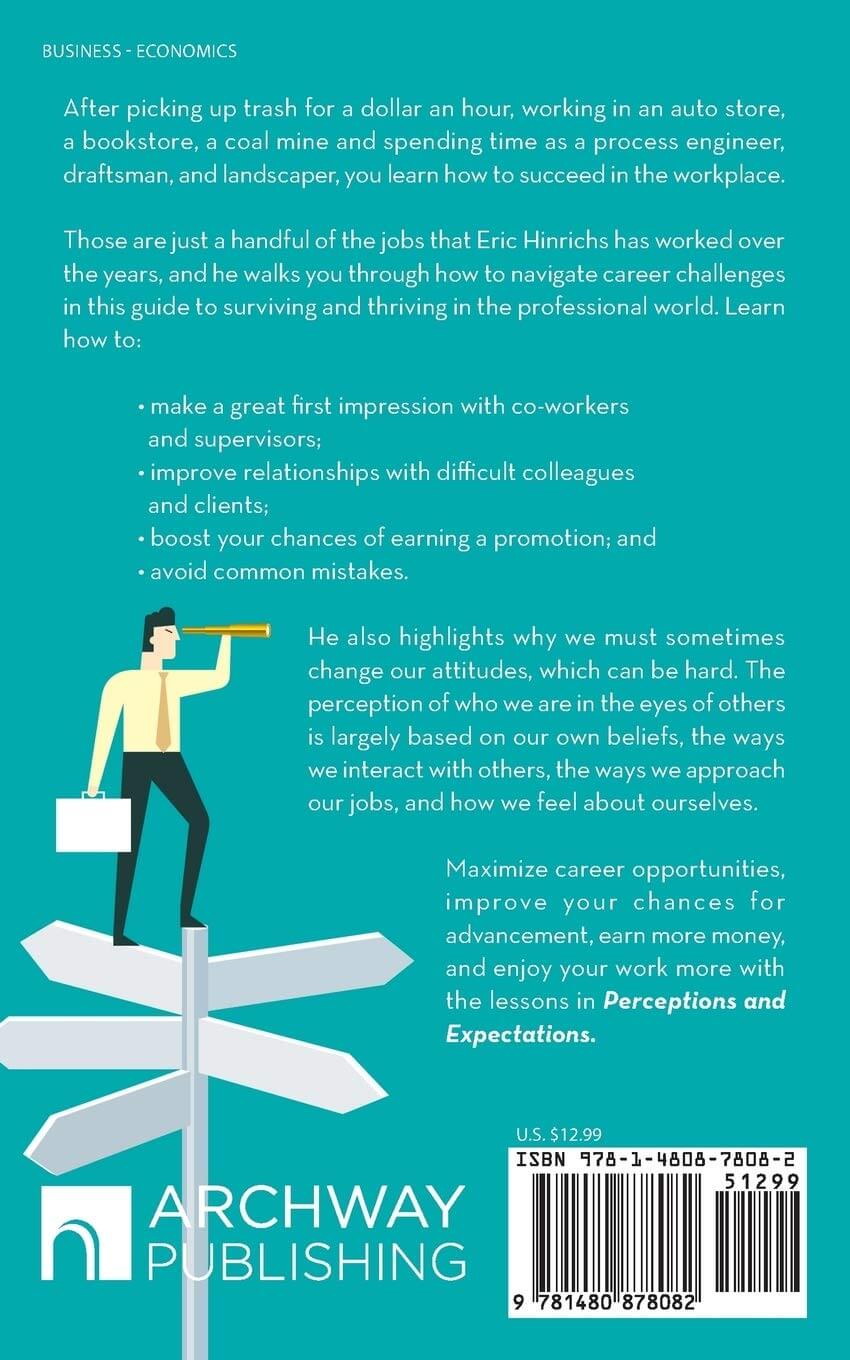
This article focuses upon project execution. The points made will benefit project leaders in avoiding pitfalls that could impact a project’s success.
Now that you’re a project leader, your job is to get the project done as soon as possible and get it done right; management is already breathing down your back. Quickly, you assemble your team, you developed your plan, now what?
Hurry Up and Go Slow
It’s natural to want to push forward with your project as soon as possible. Action is everything, right? Management sees things happening, the team feels enthused, and all is right with the world. Stop. Action does not mean you are accomplishing anything, especially in the beginning of a project. Often, in a project, it is the decisions made in the beginning, that could mean success or failure for your project. What makes things more difficult, is when the planning is most critical- in the beginning- is when you know the least about what you need to do, or what issues you may be confronted with.
Let’s look at this further.
You have a project that will need to be run in several plants. When you get to the point in the project where you need to run tests in one of the plants, you discover that they do not have adequately trained personnel to perform the testing, or you find their testing equipment does not have the range to test your product. Suddenly your project is on hold, losing valuable time, when you can least afford it. Management was expecting this phase to be done- you told them in the last project update, remember?
This is where that rush in the beginning of a project sometimes backfires. I like to say ‘hurry up and go slow’. It is meant to convey that you should move a project along as quickly as you can but not at the sacrifice of thoroughly planning out the stages you need to execute; make quick but well-thought out decisions.
A well-planned project will go through various scenarios in the planning stages and pull in team members to find out what will be needed for each phase of the project. Even more valuable is to pull from each team member’s experience to see what issues other teams they were on ran into that you can guard against. This same approach would be useful to execute with the plants where you will be testing. Check that they have the trained personnel, the proper equipment, tooling, and capacity you will need. Each and all of these approaches help your team avoid delays that are avoidable through proper planning. Having a well detailed Gantt chart and thoroughly vetted resource needs will save your project from unexpected delays.
I’ve experienced teams that jump right into projects and assume resources will be there when they are needed, only to find that was not the case. It is for this reason teams need to carefully plan up front and be sure they have thoroughly planned out what is needed to be done and needed to be available so they can move smoothly through testing/validation, etc. to a successful product launch.
Forewarned is Forearmed
Planning also means getting out in front of the project’s schedule. This means letting whoever is needed for upcoming tasks know that you are almost ready for them. I built my own home and hired and directed my own subcontractors. Things went smoothly during construction. The main reason for this was I would get with subcontractors weeks before they would be needed and review with them where things were. We would also go over what was needed to be done by them and what, if anything, they will need to get their job completed. This approach worked very well in ensuring the job site was ready for them. It was also useful that I gave them advance notice so my job could be scheduled into their schedule. Nothing is worse than when you need a subcontractor or a plant and they tell you they have other commitments and cannot make your date; they weren’t aware you needed them for those dates or times.
To avoid these situations, inform well ahead of time and review your needs and their needs to gain alignment.
Verify, don’t Assume
The worst thing you can do as a project leader is assume you have the materials and resources available when they are needed. Proper planning involves verifying material and resources are obtained or reserved for when the time comes to be used or employed. I’ve been in situations where we had purchased material for the project, only to have the plant use the project’s material for their own needs because they had ran short. We did not find this out until we went to start validations in the plant. They did not tell us nor did we check to make sure we had everything for the planned testing. It was a hard lesson for the project team to learn and it was an avoidable delay. You can imagine how management took the news that our project was delayed until we could get additional material.
Conclusion
Plan thoroughly in the beginning of a project, anticipate potential problems that are likely to occur, inform your resources prior to needing them, and gain their alignment as to timing and resource commitment. Verify materials and resources are available before they are needed. If you focus on these aspects of a project, the likelihood that you will have a smoothly running project will be high.



